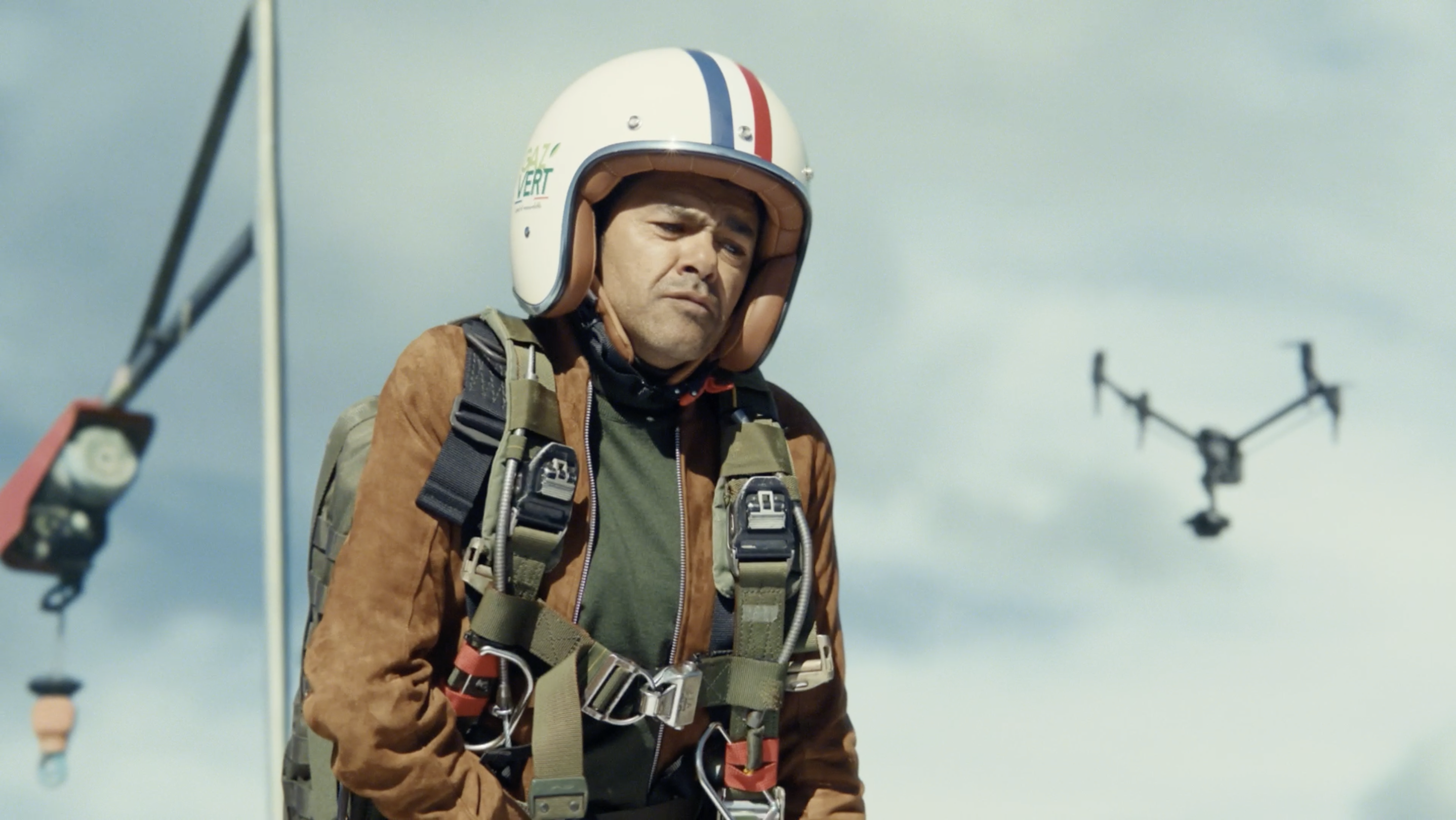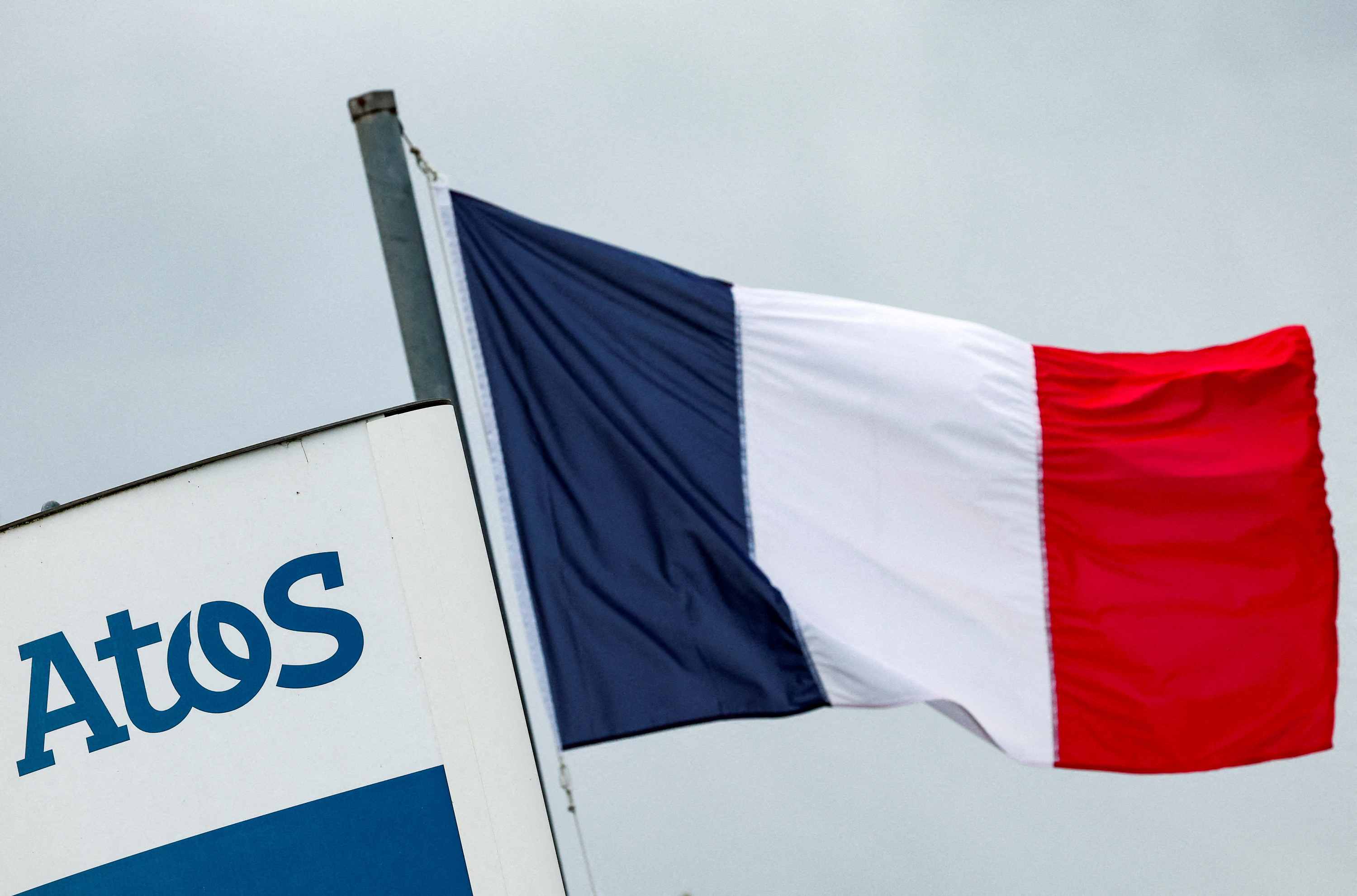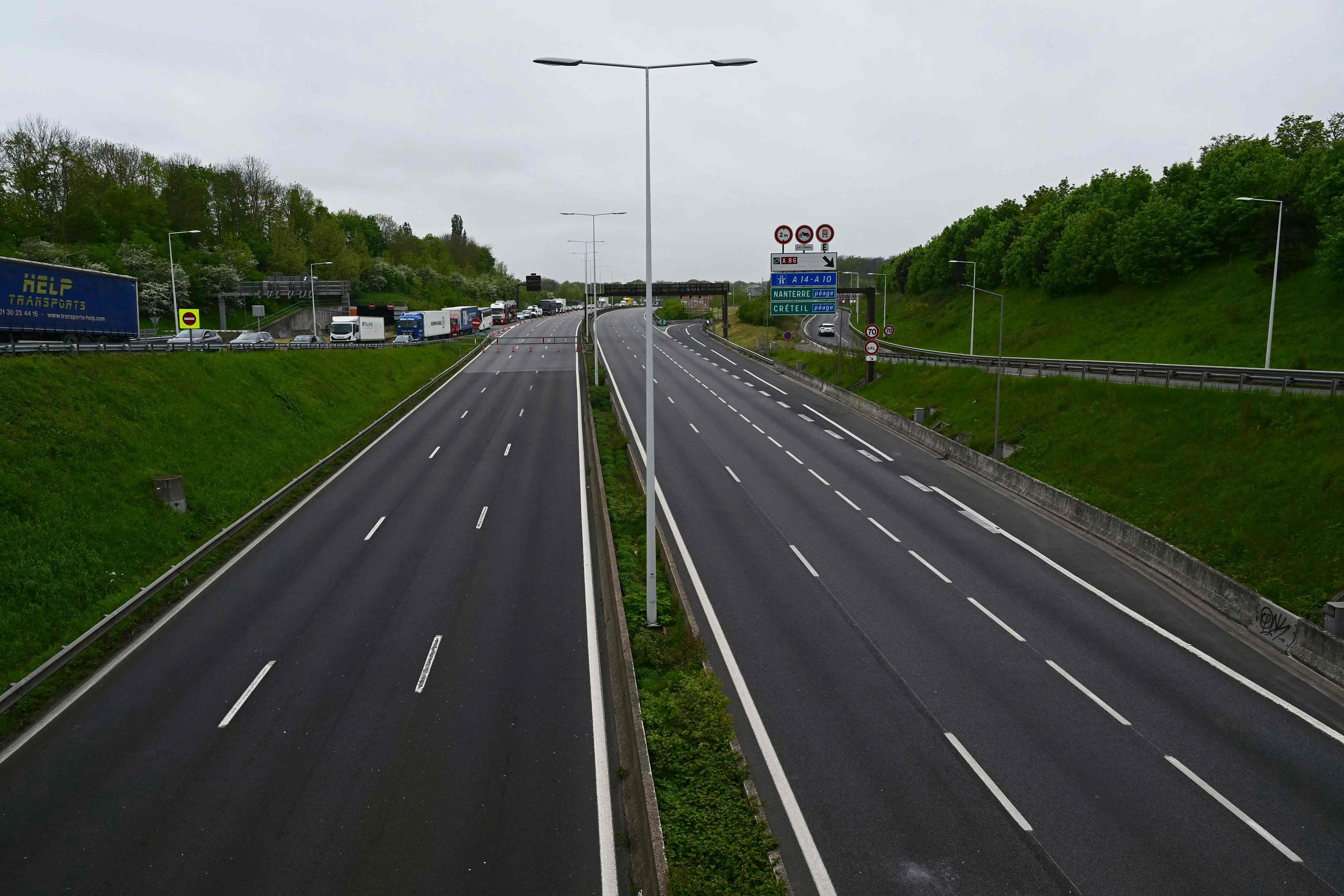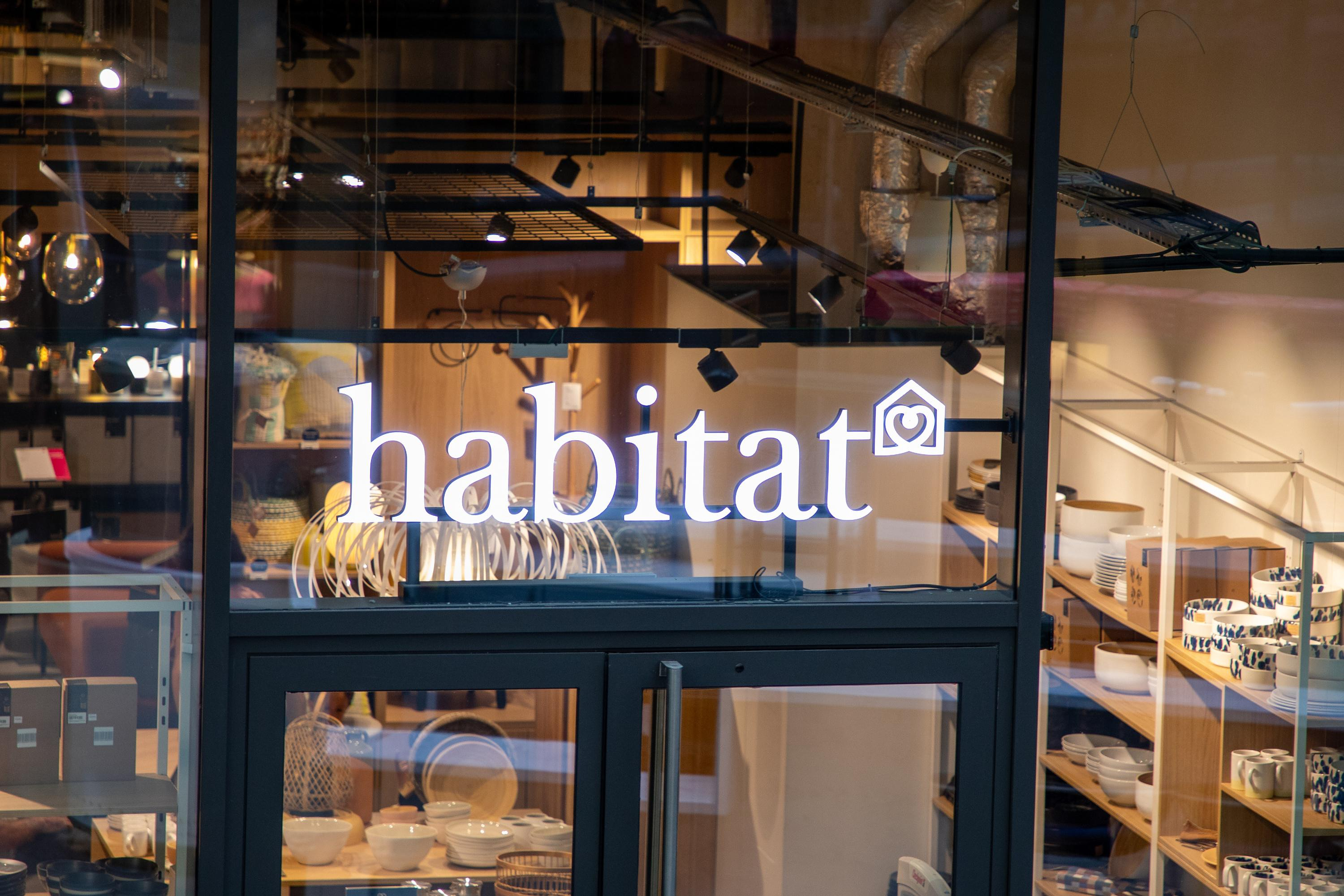Forty years after the publication of La Cité de la joie by Dominique Lapierre, Brother Gaston Dayanand, whose existence in the slum of Pilkhana inspired this bestseller, is still working, at 86, for "the poorest" in Bengal. -Western in northeast India.
Brother Gaston, born Grandjean in 1937 into a Swiss working-class family in Geneva, remembers having decided “from the age of six” to dedicate his existence “to Christ and to the poor”. “I never wanted to be a priest”, confides this brother of the Prado congregation to AFP, “the Church would never have let me live in a hovel with the poor”. "However, my life was to share with the poorest," continues the old man with white hair and beard, at the Interreligious Center for Development (ICOD), an NGO he co-founded twenty years ago. years, in Gohalopata, a village 75 km south-west of Calcutta.
Of the twelve NGOs that this professional nurse has created in fifty years of existence in West Bengal, there are six left, including ICOD, which welcomes 81 orphans, disabled people, individuals with mental disorders, the elderly, of all religions. "I went everywhere where there was no doctor, no non-governmental organization, no Christian," he recalls, "that is to say places that were completely abandoned, abandoned."
He landed in India in 1972 to work with a French priest in a small mutual aid center in the slum of Pilkhana, near Calcutta. “It was the biggest slum in India at the time, we said in the world!”, he specifies. Having reached the shantytown by scooter, he had surprised the residents by entering it on foot. "I don't go to a place where there are so many poor people, on a rickshaw, like a rich man!"
One day in 1981, he received a visit there from Dominique Lapierre “sent by Mother Teresa”. The famous author, who wanted to write a novel “about the poor”, was able to convince the ascetic of his “seriousness”. The two men became friends.
Brother Gaston "is one of the" Lights of the world "whose epic of love and sharing I had the honor to tell in my book La Cité de la joie", said the writer, who died in December last. Translated around the world, his novel published in 1985 has sold several million copies. “He funded all my organizations at $3 million a year, almost all of his royalties, for nearly 30 years,” the cleric claims.
On the other hand, the adaptation of the novel to the cinema, with Patrick Swayze, displeased him very much: I frankly hated this film. “The City of Joy” has become “Chicago on the Ganges”!”.
At the time, Mother Teresa received tons of medicine from all over the world. She gave large quantities of it to the support center which Brother Gaston knew how to take advantage of. He trained nurses and established a dispensary. “I had the drugs, I didn't need anything else!”, he says, “we quickly had more than 60,000 patients in the first year. 100,000 per second. Three years later, we made a small hospital.
As soon as he arrived in India, he had decided to adopt its nationality. “It took 20 years, of course!”. He chose the surname "Dayanand" meaning "blessed (ananda) of mercy (daya)". He worked for a long time with the brothers of Mother Teresa to take care of the lepers of Pilkhana. "I stayed eighteen years, surrounded by 500 lepers, in a very small room," he says. For his friend, Abdul Wohab, a 74-year-old social worker, “Gaston is a saint”.
Now disabled, he spends "three quarters of (his) days meditating" on his bed, facing Christ. “I had never had anything other than a board to sleep on! Now I live like a bourgeois in a big bed!” exclaims the ascetic. "But it wasn't me who wanted it", he adds laughing, "the worst thing is that I accept it..."
ICOD co-founder and director Mamata Gosh, 43, decided so. Nicknamed "Gopa", she watches over the man who taught her the profession of nurse twenty-five years ago. "Before him, I knew nothing," she told AFP, "he's my spiritual father."
The brother's day begins at 5 am with three hours of prayer, in front of a reproduction of the Shroud of Turin overhanging an Aum, symbol of Hinduism, in his tiny oratory adjoining his room. Dressed all in white, barefoot, he then settles into his electric wheelchair to visit each of the residents of the hamlet with thatched roofs, then returns to his room at the end of the morning. On his bedside table, a Bible, a crucifix, his eyeglasses and an old laptop computer which is used in particular for his correspondence with foreign donors to the Centre. “I will earn my bread until the last day of my life,” says the brother.

 B:SM will break its investment record this year with 62 million euros
B:SM will break its investment record this year with 62 million euros War in Ukraine: when kyiv attacks Russia with inflatable balloons loaded with explosives
War in Ukraine: when kyiv attacks Russia with inflatable balloons loaded with explosives United States: divided on the question of presidential immunity, the Supreme Court offers respite to Trump
United States: divided on the question of presidential immunity, the Supreme Court offers respite to Trump Maurizio Molinari: “the Scurati affair, a European injury”
Maurizio Molinari: “the Scurati affair, a European injury”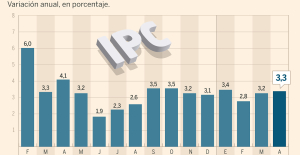 Inflation rises to 3.3% in April and core inflation moderates to 2.9%
Inflation rises to 3.3% in April and core inflation moderates to 2.9% Pedro Sánchez announces that he continues "with more strength" as president of the Government
Pedro Sánchez announces that he continues "with more strength" as president of the Government Irritable bowel syndrome: the effectiveness of low-carbohydrate diets is confirmed
Irritable bowel syndrome: the effectiveness of low-carbohydrate diets is confirmed Beware of the three main sources of poisoning in children
Beware of the three main sources of poisoning in children Relief at Bercy: Moody’s does not sanction France
Relief at Bercy: Moody’s does not sanction France More than 10 million holders, 100 billion euros: the Retirement Savings Plan is a hit
More than 10 million holders, 100 billion euros: the Retirement Savings Plan is a hit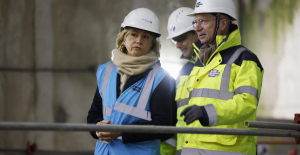 Paris 2024 Olympic Games: the extension of line 14 will open “at the end of June”, confirms Valérie Pécresse
Paris 2024 Olympic Games: the extension of line 14 will open “at the end of June”, confirms Valérie Pécresse Failing ventilators: Philips to pay $1.1 billion after complaints in the United States
Failing ventilators: Philips to pay $1.1 billion after complaints in the United States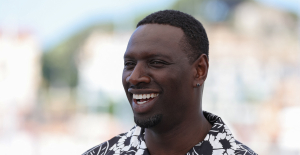 The Cannes Film Festival welcomes Omar Sy, Eva Green and Kore-Eda to its jury
The Cannes Film Festival welcomes Omar Sy, Eva Green and Kore-Eda to its jury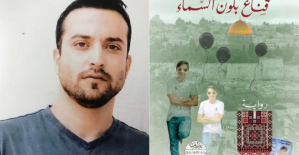 Prisoner in Israel, a Palestinian receives the International Prize for Arab Fiction
Prisoner in Israel, a Palestinian receives the International Prize for Arab Fiction Harvey Weinstein, the former American producer hospitalized in New York
Harvey Weinstein, the former American producer hospitalized in New York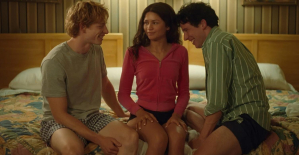 New success for Zendaya, tops the North American box office with Challengers
New success for Zendaya, tops the North American box office with Challengers Skoda Kodiaq 2024: a 'beast' plug-in hybrid SUV
Skoda Kodiaq 2024: a 'beast' plug-in hybrid SUV Tesla launches a new Model Y with 600 km of autonomy at a "more accessible price"
Tesla launches a new Model Y with 600 km of autonomy at a "more accessible price" The 10 best-selling cars in March 2024 in Spain: sales fall due to Easter
The 10 best-selling cars in March 2024 in Spain: sales fall due to Easter A private jet company buys more than 100 flying cars
A private jet company buys more than 100 flying cars This is how housing prices have changed in Spain in the last decade
This is how housing prices have changed in Spain in the last decade The home mortgage firm drops 10% in January and interest soars to 3.46%
The home mortgage firm drops 10% in January and interest soars to 3.46% The jewel of the Rocío de Nagüeles urbanization: a dream villa in Marbella
The jewel of the Rocío de Nagüeles urbanization: a dream villa in Marbella Rental prices grow by 7.3% in February: where does it go up and where does it go down?
Rental prices grow by 7.3% in February: where does it go up and where does it go down? Europeans: a senior official on the National Rally list
Europeans: a senior official on the National Rally list Blockade of Sciences Po: the right denounces a “drift”, the government charges the rebels
Blockade of Sciences Po: the right denounces a “drift”, the government charges the rebels Even on a mission for NATO, the Charles-de-Gaulle remains under French control, Lecornu responds to Mélenchon
Even on a mission for NATO, the Charles-de-Gaulle remains under French control, Lecornu responds to Mélenchon “Deadly Europe”, “economic decline”, immigration… What to remember from Emmanuel Macron’s speech at the Sorbonne
“Deadly Europe”, “economic decline”, immigration… What to remember from Emmanuel Macron’s speech at the Sorbonne These French cities that will boycott the World Cup in Qatar
These French cities that will boycott the World Cup in Qatar NBA: young Thunder coach Mark Daigneault named coach of the year
NBA: young Thunder coach Mark Daigneault named coach of the year Athletics: Noah Lyles in legs in Bermuda
Athletics: Noah Lyles in legs in Bermuda Serie A: Dumfries celebrates Inter Milan title with humiliating sign towards Hernandez
Serie A: Dumfries celebrates Inter Milan title with humiliating sign towards Hernandez Tennis: no pity for Sorribes, Swiatek is in the quarterfinals in Madrid
Tennis: no pity for Sorribes, Swiatek is in the quarterfinals in Madrid




